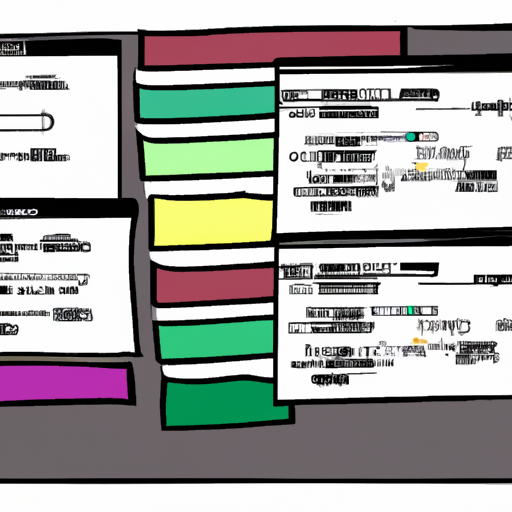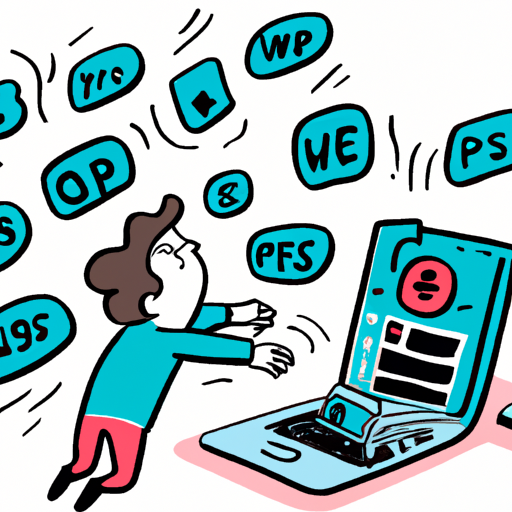This text introduces Kotlin as a popular and advantageous programming language for backend development.
It discusses the essential skills and knowledge needed to be a successful Kotlin backend developer, including an understanding of the language and web development concepts.the importance of creating a development environment and recommends using IntelliJ IDEA as your preferred IDE.
It also highlights key frameworks and tools for Kotlin backend development, such as Ktor and Spring Boot. Finally, five essential practices and tips are mentionedfor Kotlin backend developers to ensure efficient and maintainable code.
Are you interested in becoming a Kotlin backend developer?With the increasing popularity of Kotlin as a programming language, there is a demand forincreasingly for developers who specialize in building backend systems using Kotlin.
Whether you’re a beginner or an experienced developer looking to expand your skill set, this article will give you a comprehensive guide to what you need to knowto get started in Kotlin Backend development.
From essential skills and knowledge to setting up your development environment, we’ll cover everything needed to help you start your journey as a Kotlin Backend developer.
Additionally, we’ll explore key frameworks and tools thatwill help you build robust backend systems and we’ll share best practices and tips for success in this area. So let’s dive in and explore the exciting world of Kotlin backend development!
-
- 1.Introduction to Kotlin Backend Development A Comprehensive Guide for Beginners
-
- 2.Essential Skills and Knowledge for Kotlin Backend Developers
-
- 3.Setting Up the Development Environmentfor Kotlin backend development
-
- 4.Key frameworks and tools for Kotlin backend development
-
- 5.Best practices and tips for success as a backend developerKotlin
1. Introduction to Kotlin Backend Development A Comprehensive Guide for Beginners
Kotlin quickly gainedpopularity as a programming language for Android development, but its potential extends far beyond that.
With its concise syntax, robust type system, and seamless interoperability with existing Java code, Kotlin is now widely adopted for backend development as well.
In this comprehensive guide, we’ll introduce you to Kotlin backend development and provide you with all the essential information you need to start your journey.
Backend development involves building the server-side components of an applicationwhich handles data processing, storage and communication with the front-end.
Traditionally, backend development has been dominated by languages such as Java, Python and Ruby. However, the emergence of Kotlin as a powerful alternative has opened up new possibilities for developers.
One of the key advantages of Kotlin over other backend languages is its seamless integration with existing Java code.
This means that if you have previous experience with Java, the transition to Kotlin backend development will be relatively smooth.Kotlin also offers a more concise syntax compared to Java, making code easier to read and
2. Essential skills and knowledge toKotlin backend developers
To become a successful Kotlin backend developer, there are certain essential skills and knowledge that you need to acquire.
These skills will not only help you understand the development processbackend, but also ensure that you can work effectively with Kotlin to create robust and scalable applications.
1.Kotlin Language Fundamentals Before diving into backend development, it is essential to have an understandingof the Kotlin programming language. Familiarize yourself with the basic syntax, data types, control flow, functions, and concepts of object-oriented programming. Understanding the fundamentals of the language will enable you to write clean and efficient code.
2.Web Development Concepts Backend development involves working with web frameworks, APIs and databases. It is essential to have a good understanding of web development concepts such as HTTP, RESTful APIs, routing, and handling requests and responses. Familiarize yourself with popular web frameworks such as Ktor or Spring Boot, as they are commonly used in Kotlin backend development.
3. Setting Up the Development Environmentfor Kotlin backend development
Developersdatabase management backends often work with databases to Setting up your development environment is an essential step in getting started as a Kotlin backend developer.
IntelliJ IDEA is the most popular choice among Kotlin developers due to its excellent Kotlin support and a wide range of features designed specifically for backend development.powerful code analysis, debugging capabilities, and seamless integration with build tools like Gradle.
Install Kotlin After choosing your IDE, the next step is to install the Kotlin programming language.
Kotlin can be easily installed as a plugin in IntelliJ IDEA, ensuring seamless integration and a smooth development experience. In addition, you can also install the Kotlin compiler separately if you prefer to work with other IDEs or command-line tools
4. Key frameworks and tools for Kotlin backend development
When it comes to Kotlin backend development, there areseveral key frameworks and tools that can greatly improve your development process and productivity.
These frameworks and tools provide the building blocks and functionality needed to create robust, scalable, and efficient backend systems. Here are some of the most popular
1.Ktor Ktor is a powerful asynchronous web framework built specifically for Kotlin. It provides a simple and intuitive programming model, making it easy to build high-performance web applications and APIs.
Ktor supports various features such asbe routing, authentication, templating, and client/server HTTP communication. It also seamlessly integrates with existing Kotlin libraries and frameworks.
2.Spring Boot Spring Boot is a widely used framework for buildingof enterprise-level applications. Provides a comprehensive set of features and tools for Kotlin backend development.
Spring Boot provides a convention-over-configuration approach, allowing developers to quickly configure and configure their application with minimal effort. It also providessolid support for dependency injection, database access, security and testing
5. Best practices and tips for success as a Kotlin backend developer
As a Kotlin backend developer, there are some best practices and tips that can help you be successful in your role. These practices not only ensure efficient and maintainable code, but also contributeto the overall success of the project.Here are five essential practices and tips to remember
1.Follow object-oriented principles Kotlin is a statically typed language that supports object-oriented programming.To write clean and modular code, it is crucial to follow object-oriented principles such as encapsulation, inheritance, and polymorphism. By following these principles, you can create code that is easier to understand, test, and maintain.
2.Use programming featuresfunctional Kotlin also provides support for functional programming concepts. Using features such as lambda expressions, higher-order functions, and immutable data structures can make your code more concise and expressive.
Functional programming can help reduce side effects, increasecode reusability and improving the overall performance of your applications.






